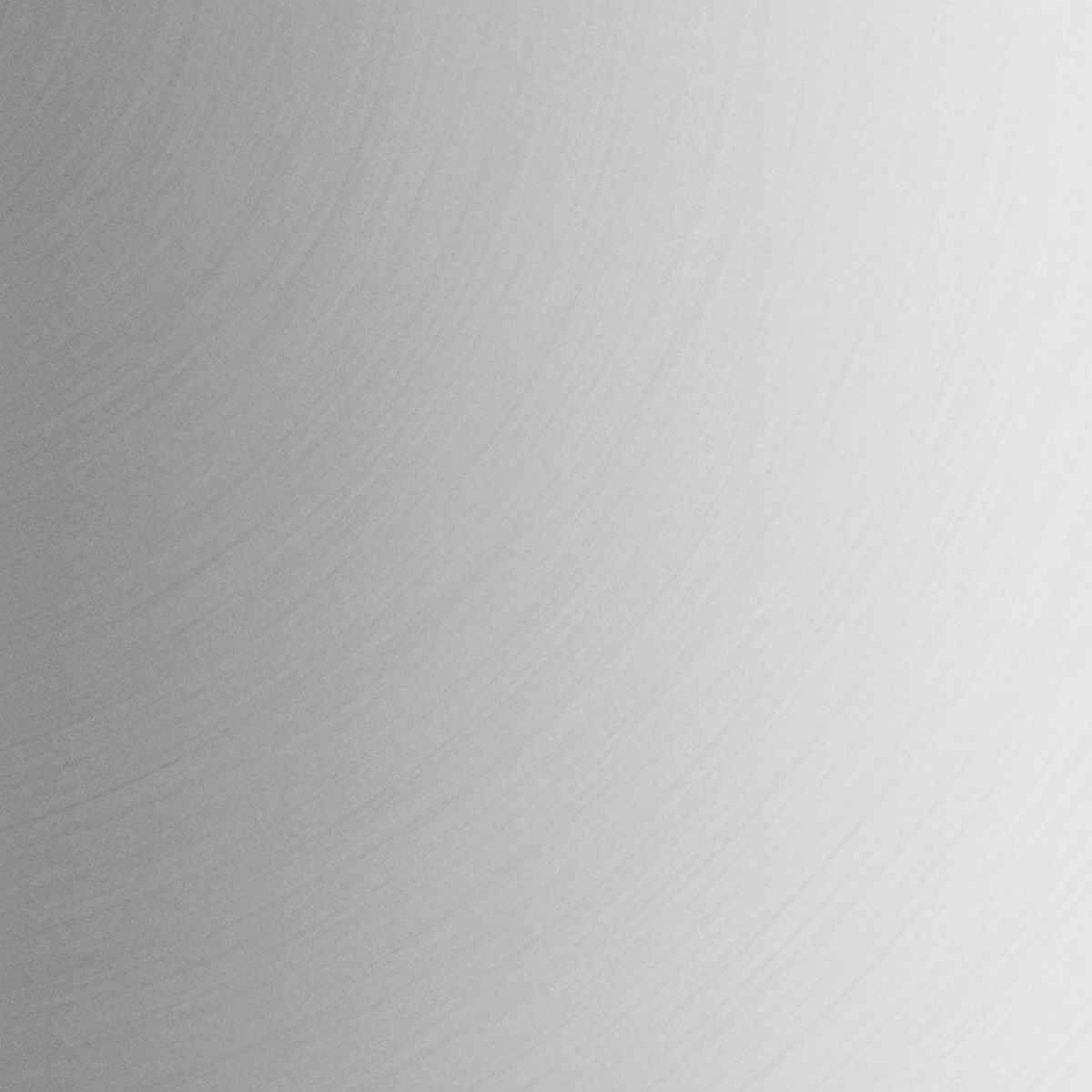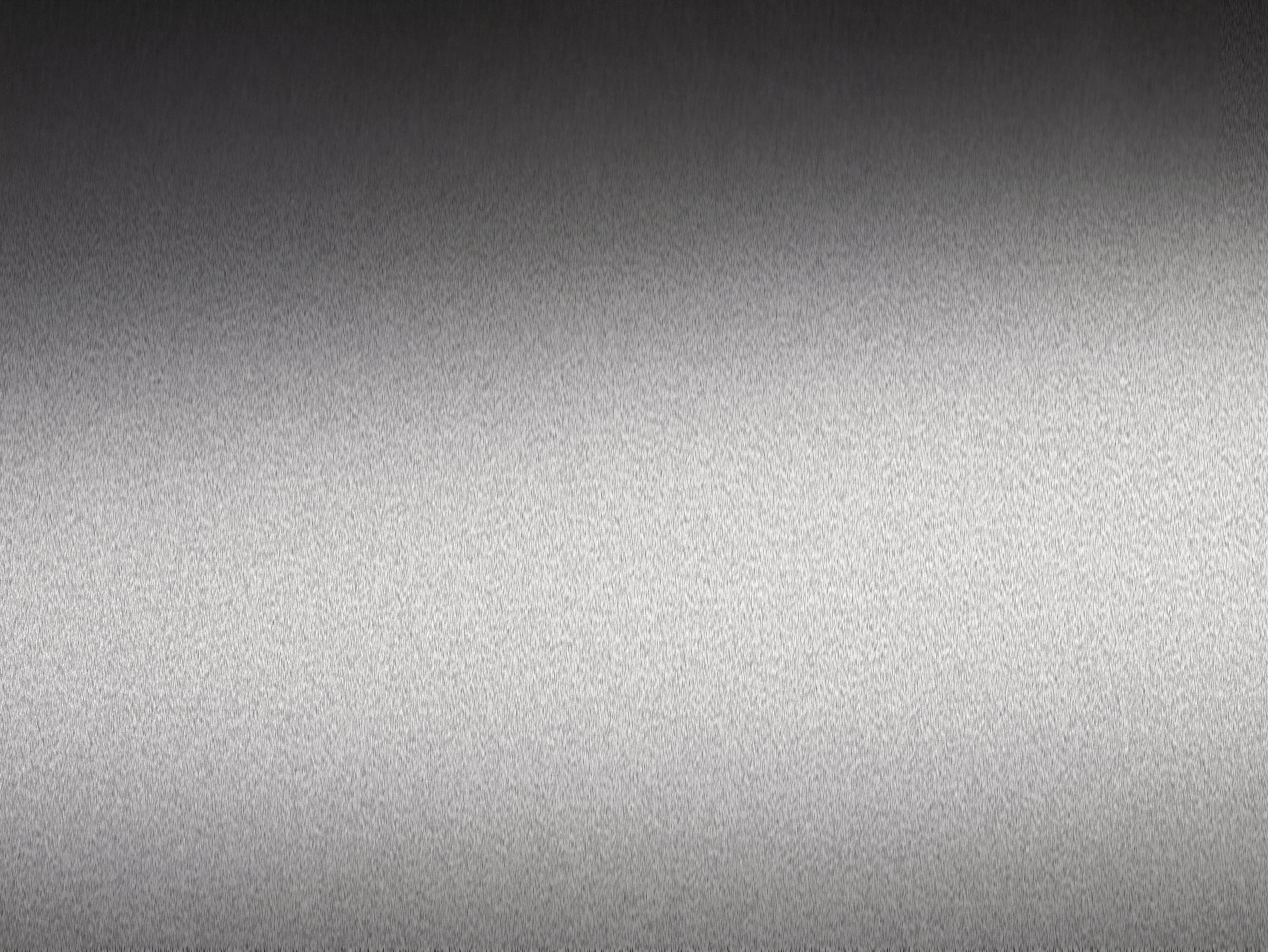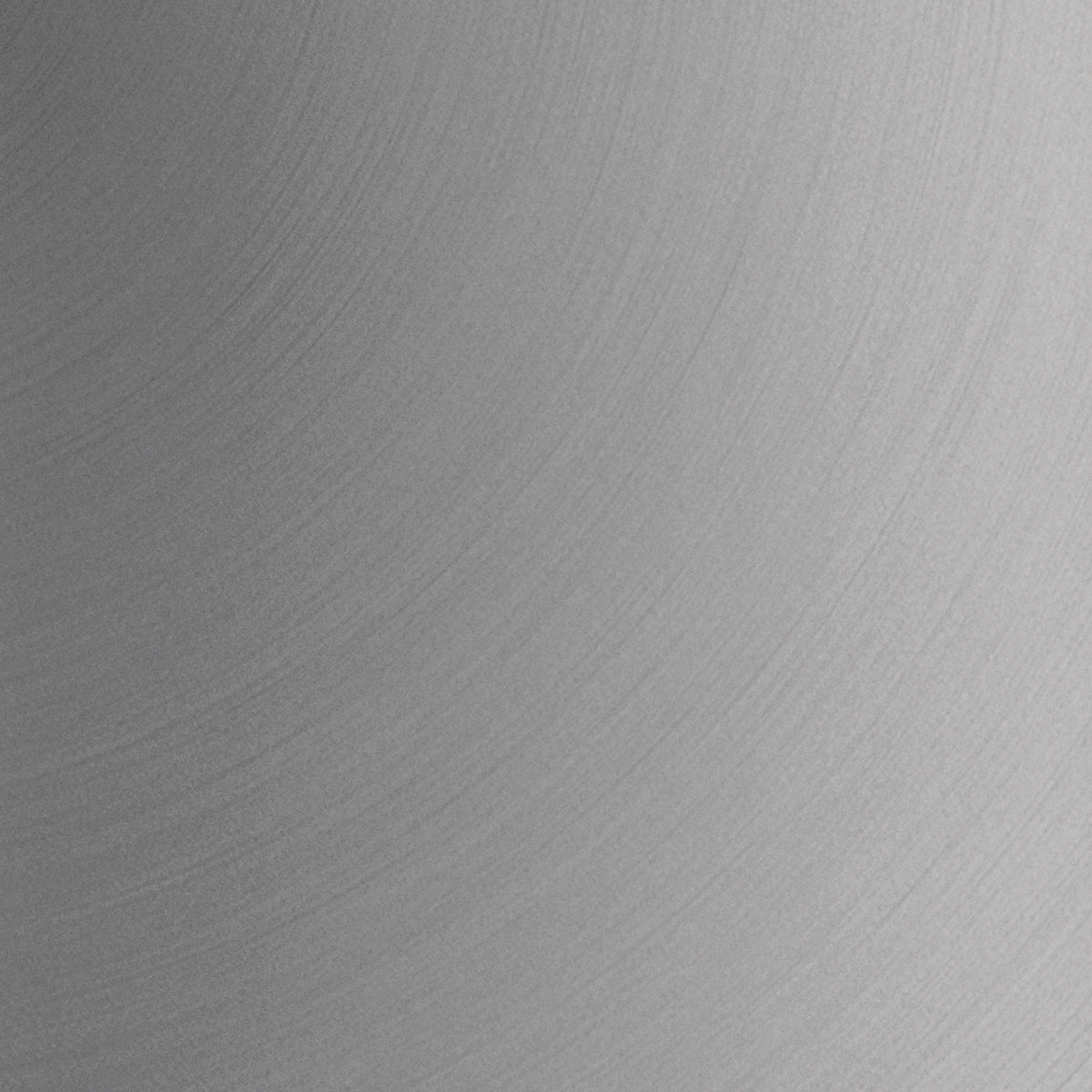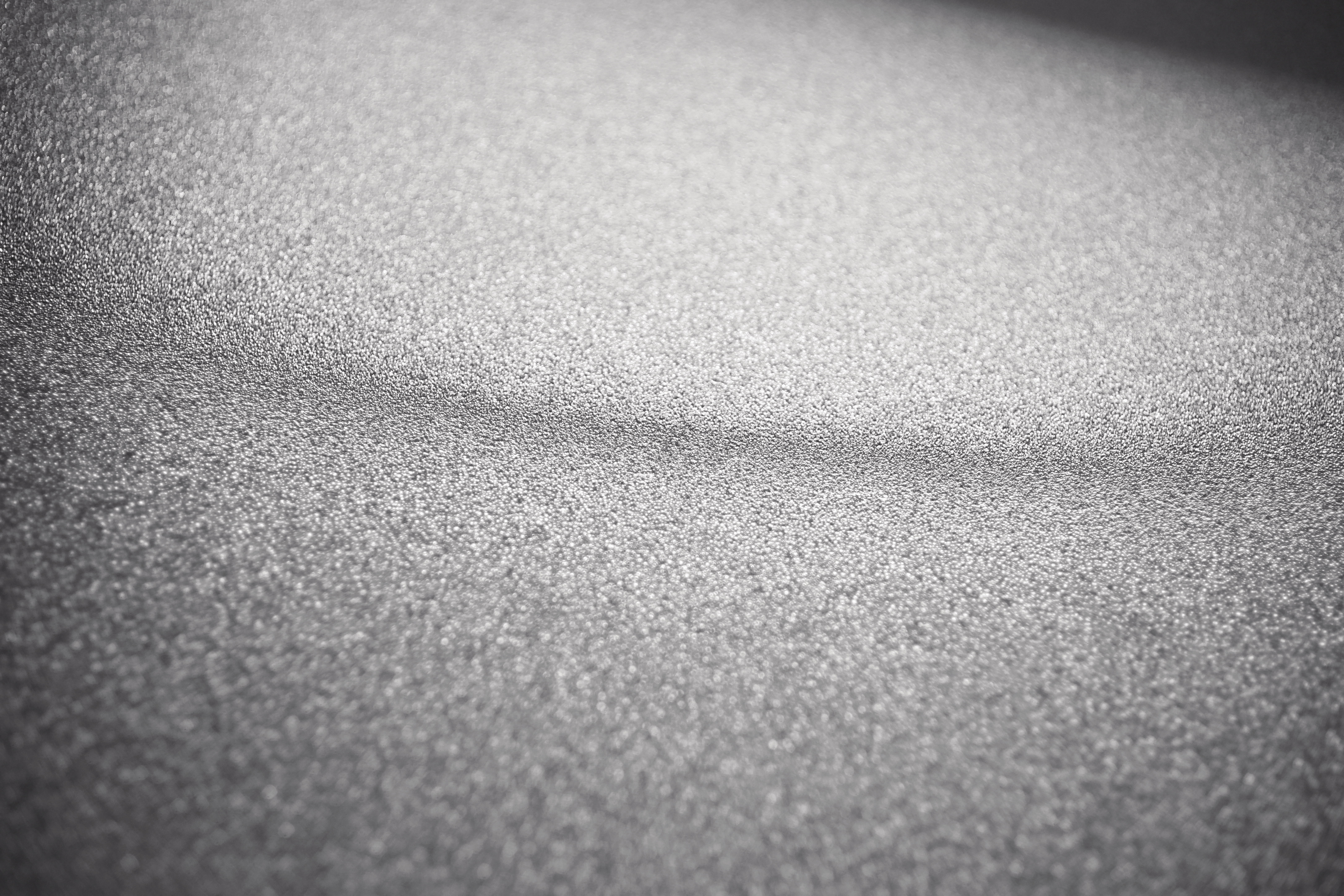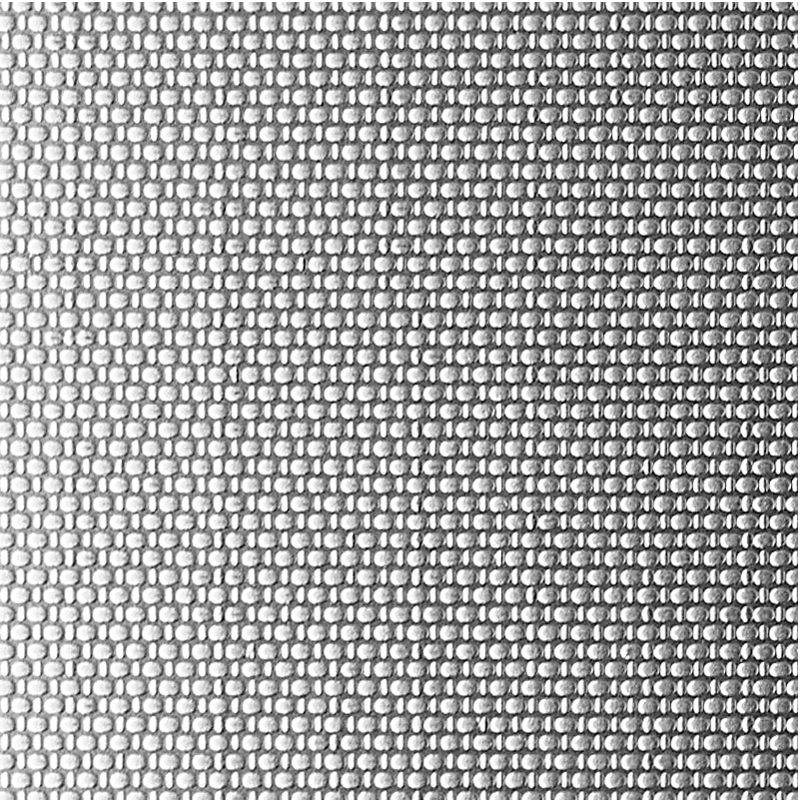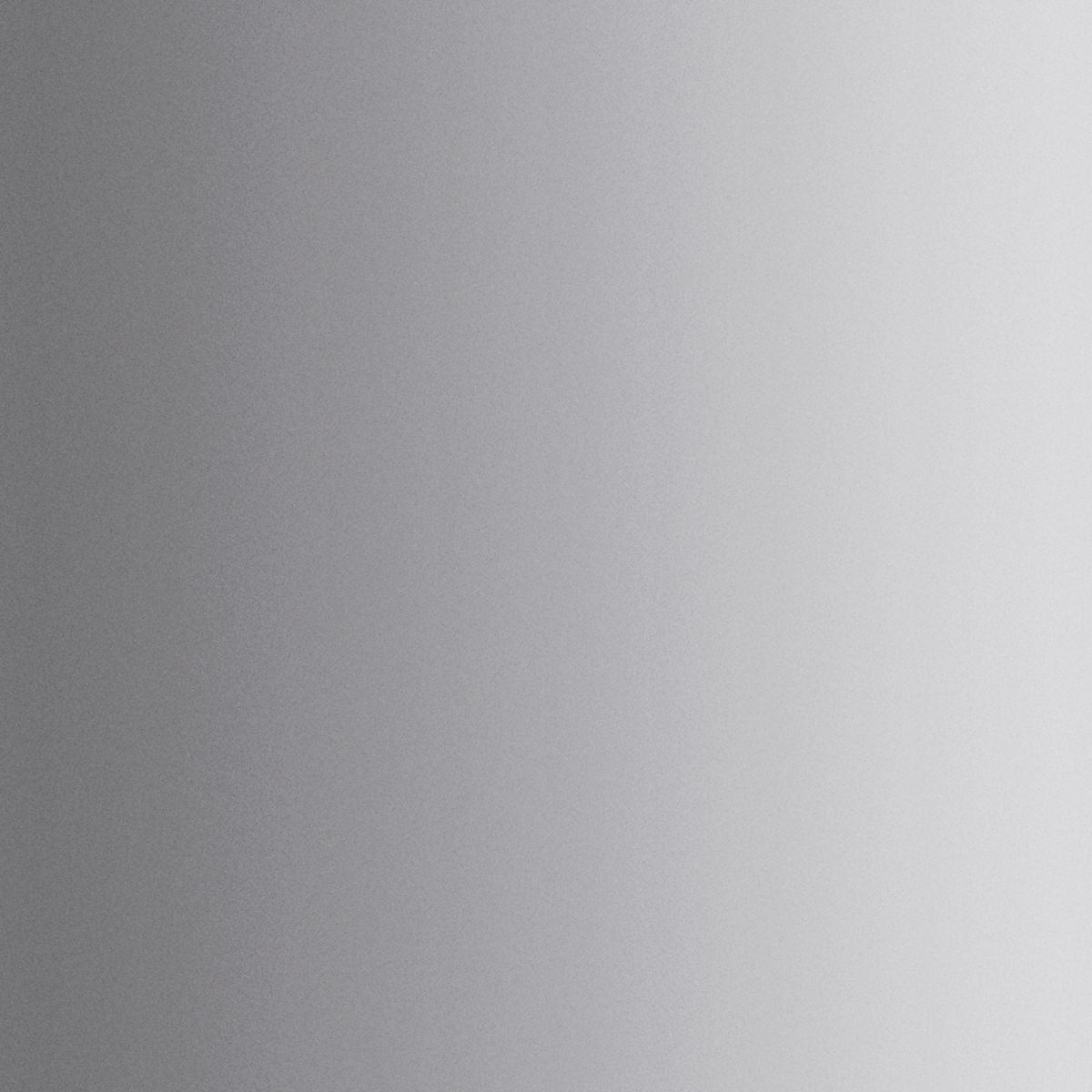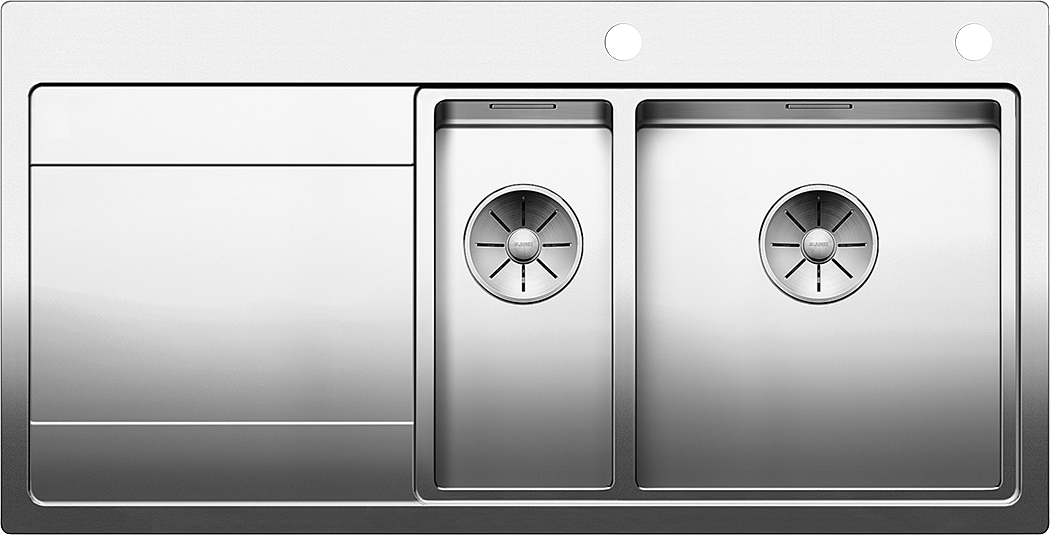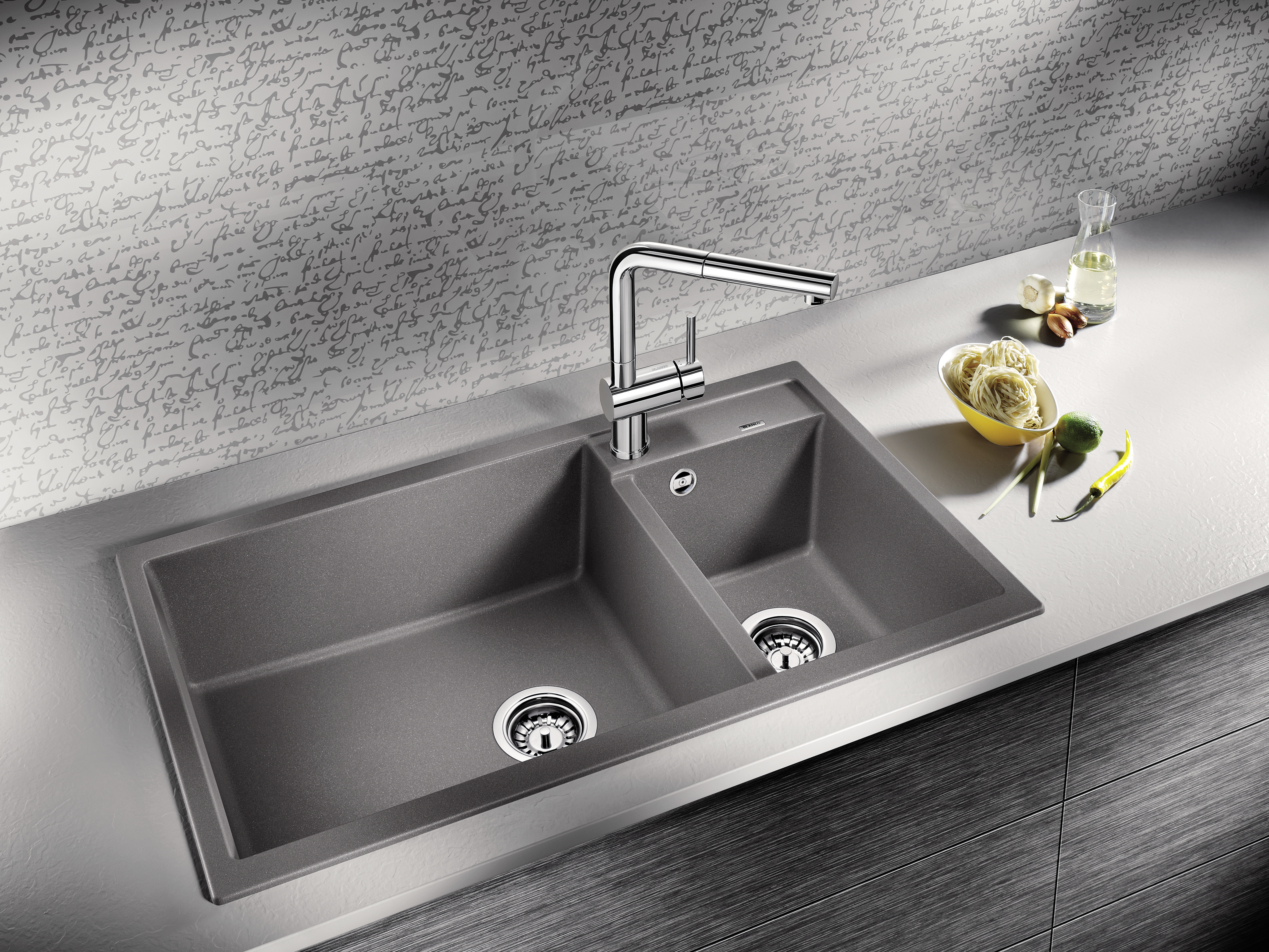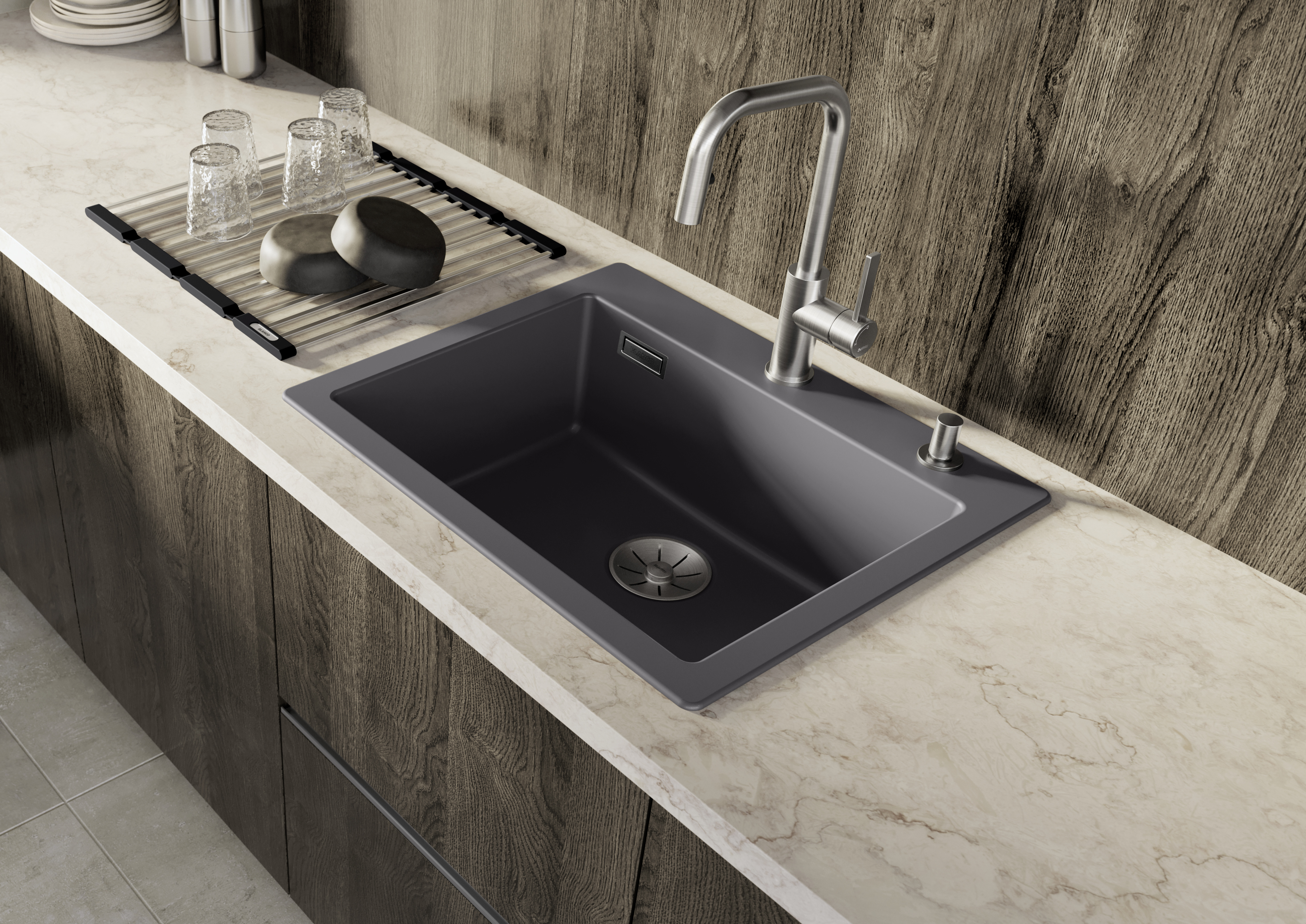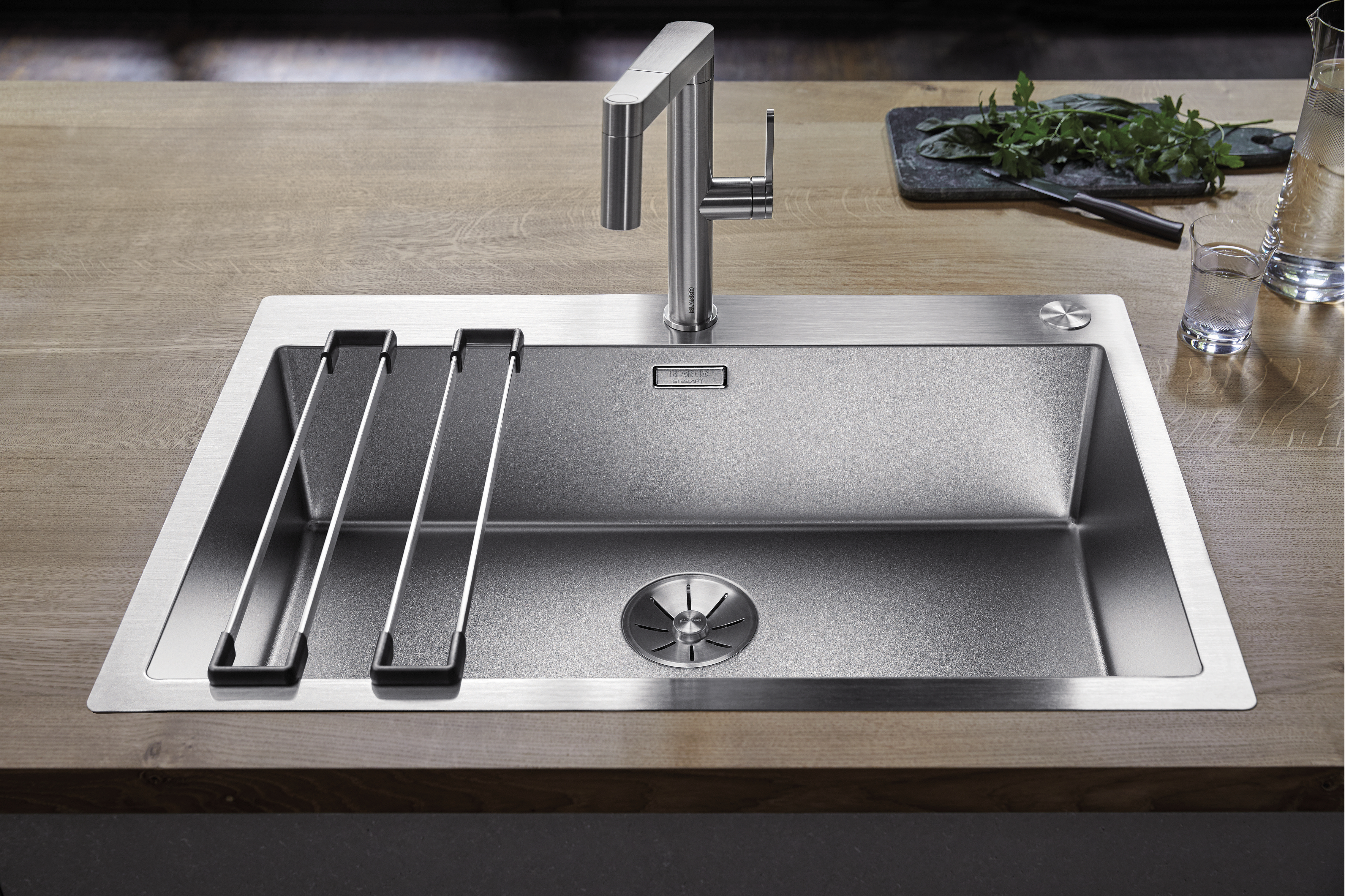Stainless steel kitchen sinks – a spotlessly clean showpiece
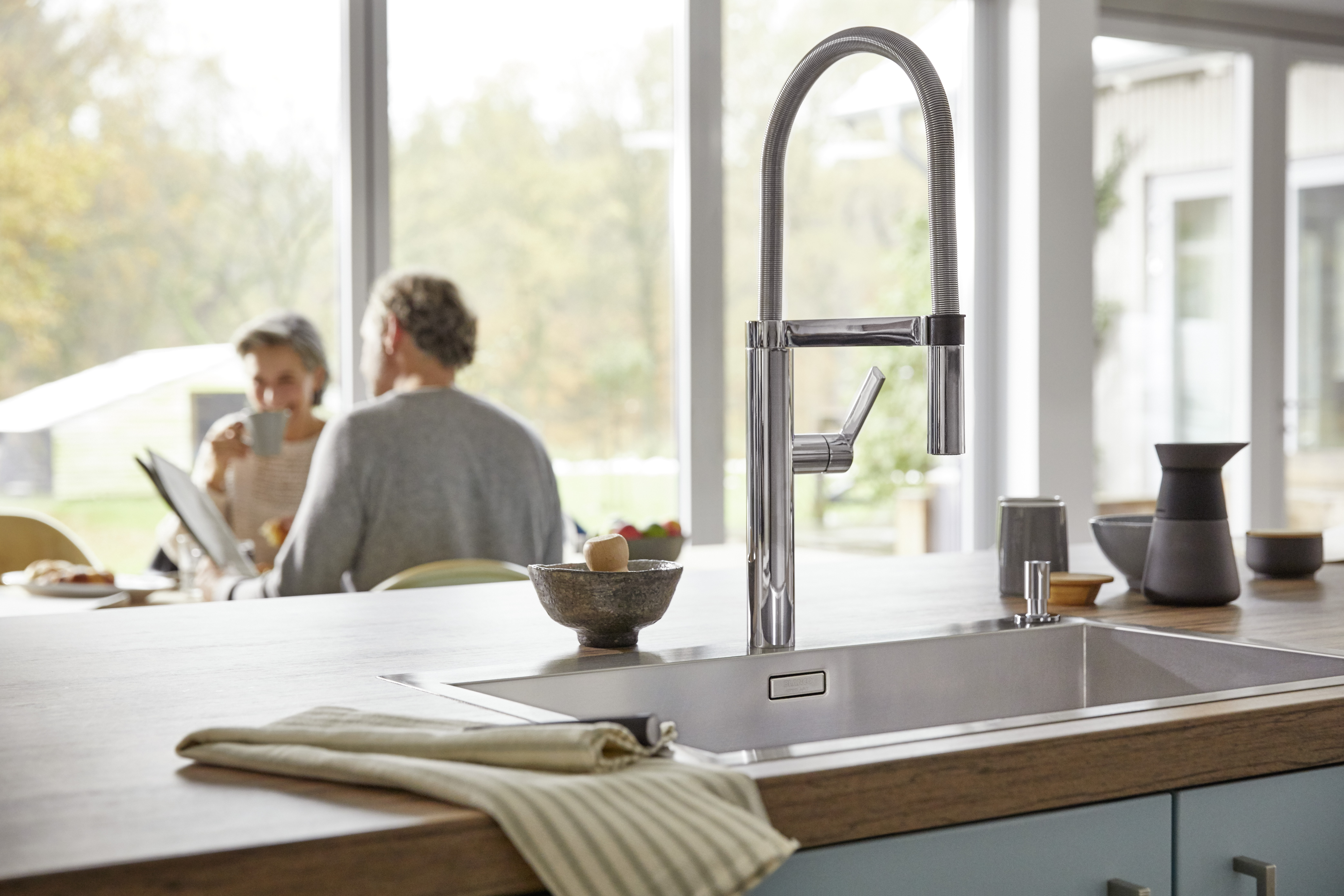
Stainless steel:
- is strong
- is steadfast
- is tear-resistant
- retains its shine
- does not leave germs and bacteria behind
- is easy to maintain
This makes Stainless steel the right material for your kitchen sink
Professional chefs appreciate this special mix of steel, chrome and nickel. After all, it can do so much.
Hygienic: smooth and non-porous
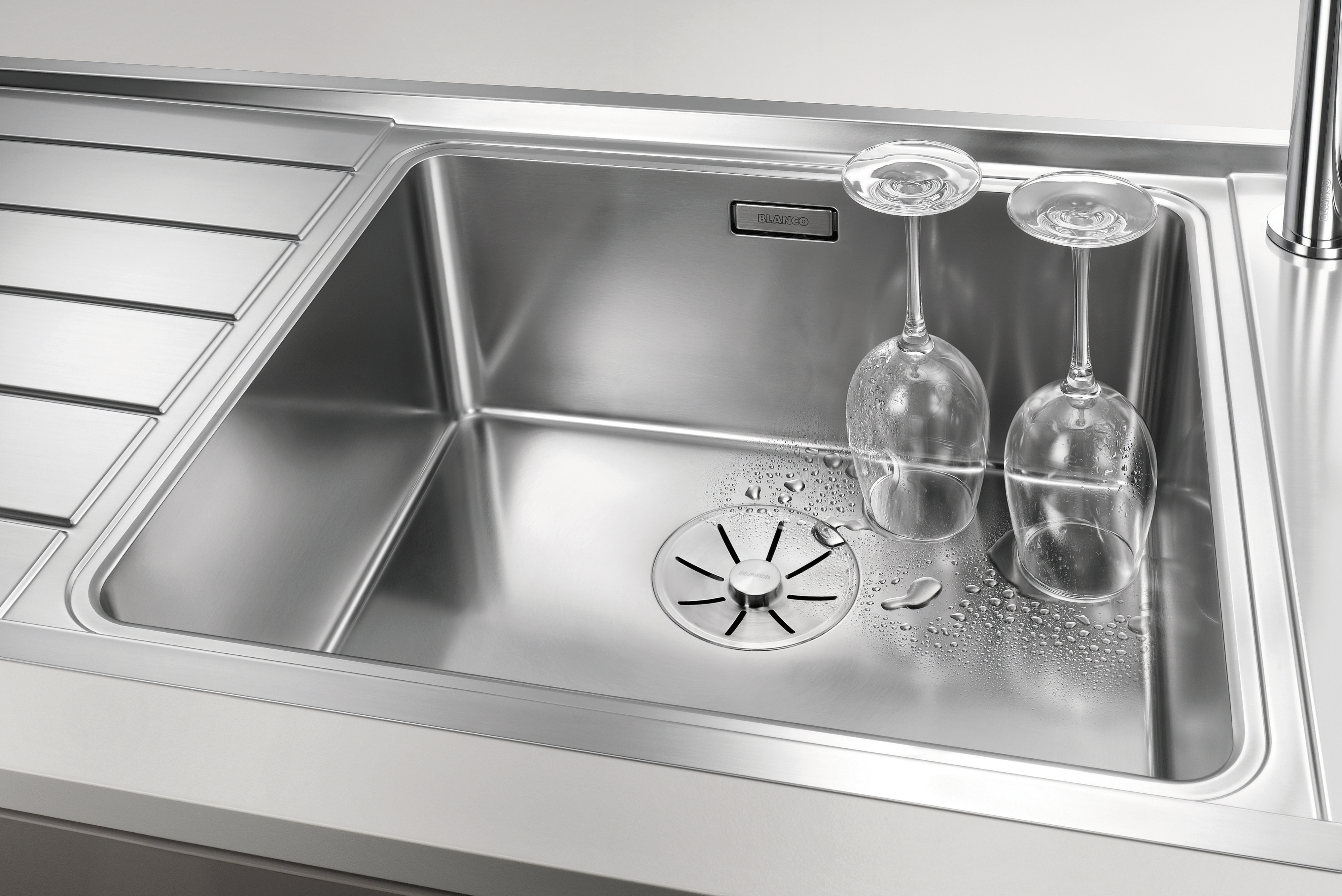
Food-safe: soft Stainless steel
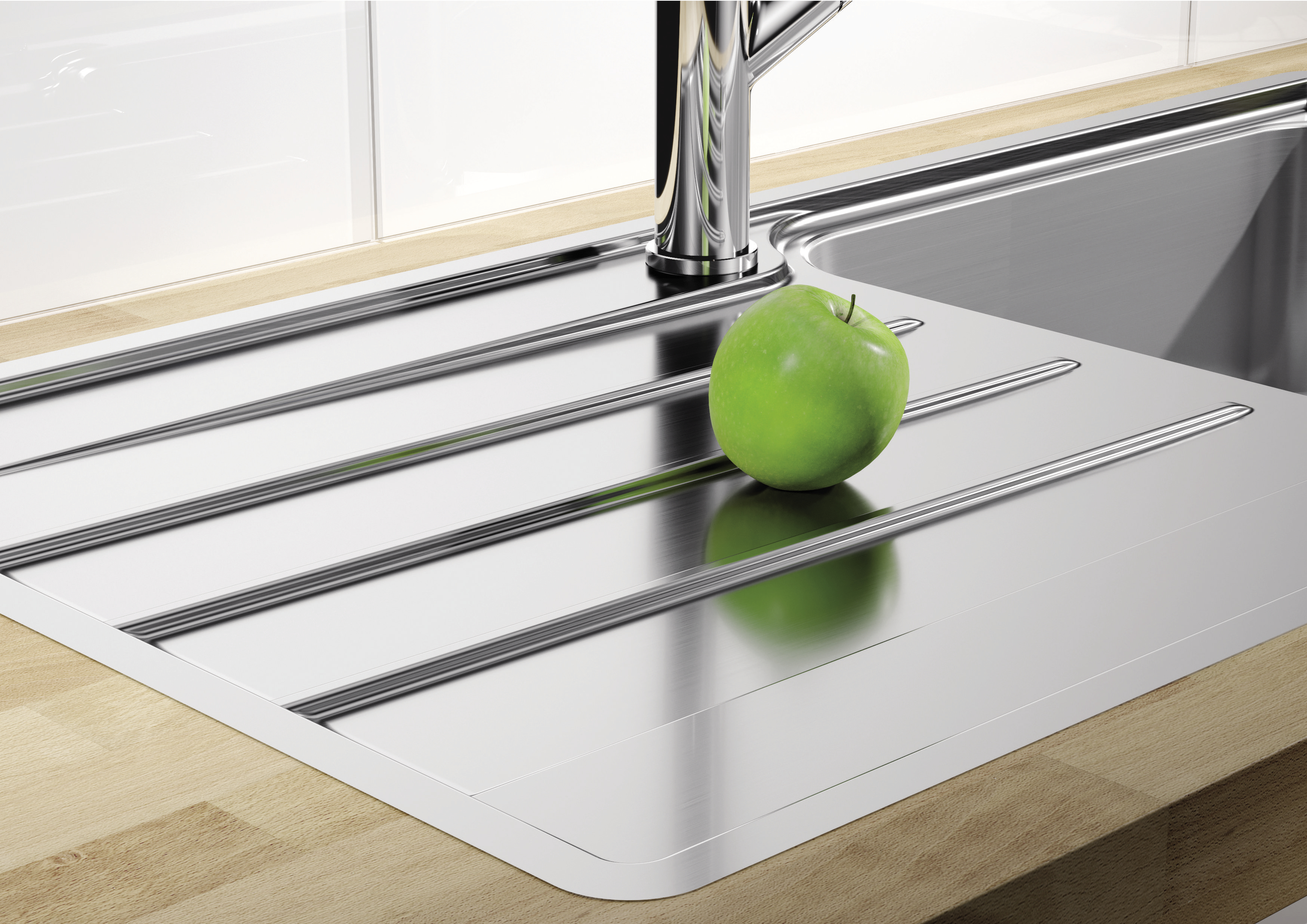
Tough: takes whatever you put it through
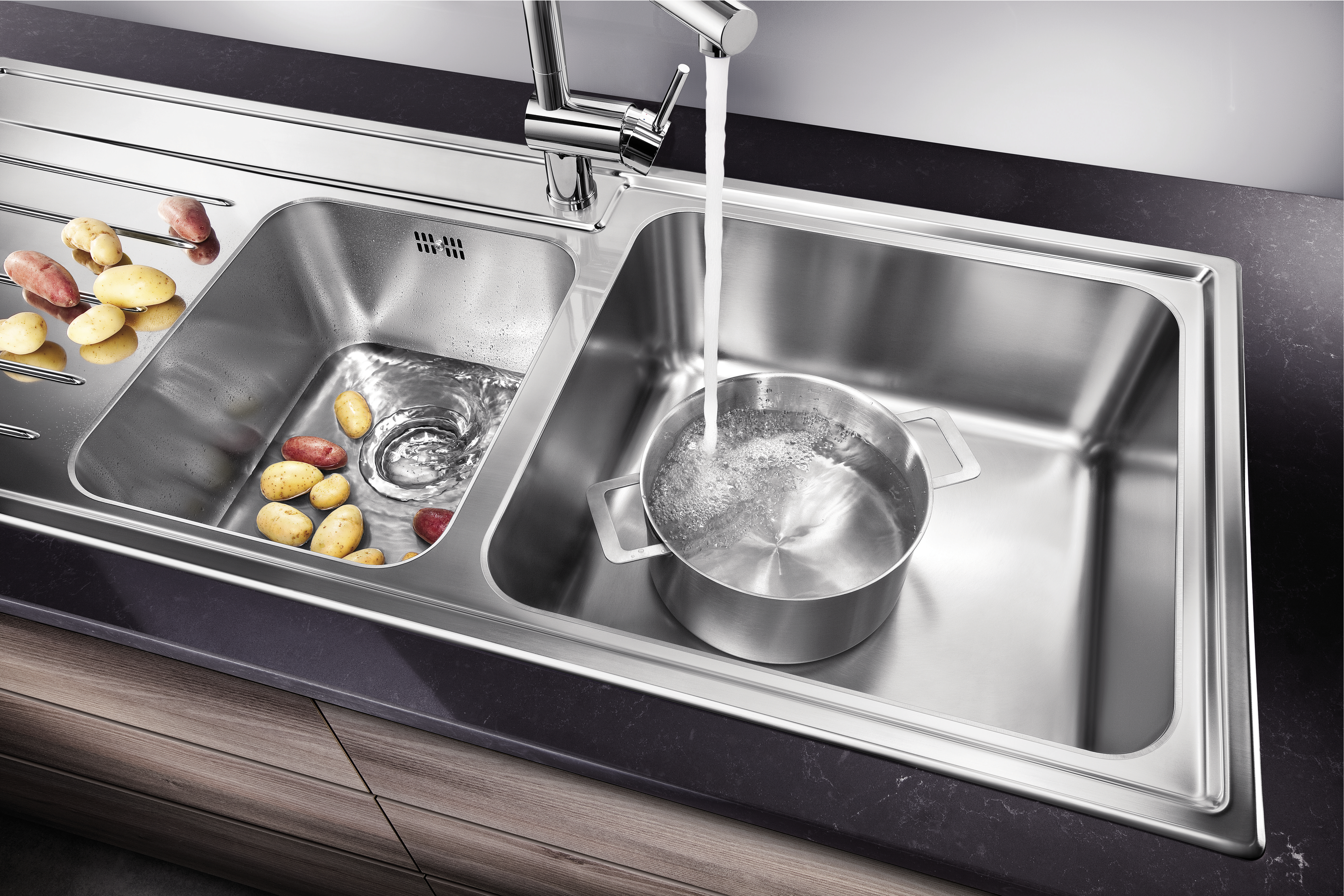
Stain Resistant: just wipe it down
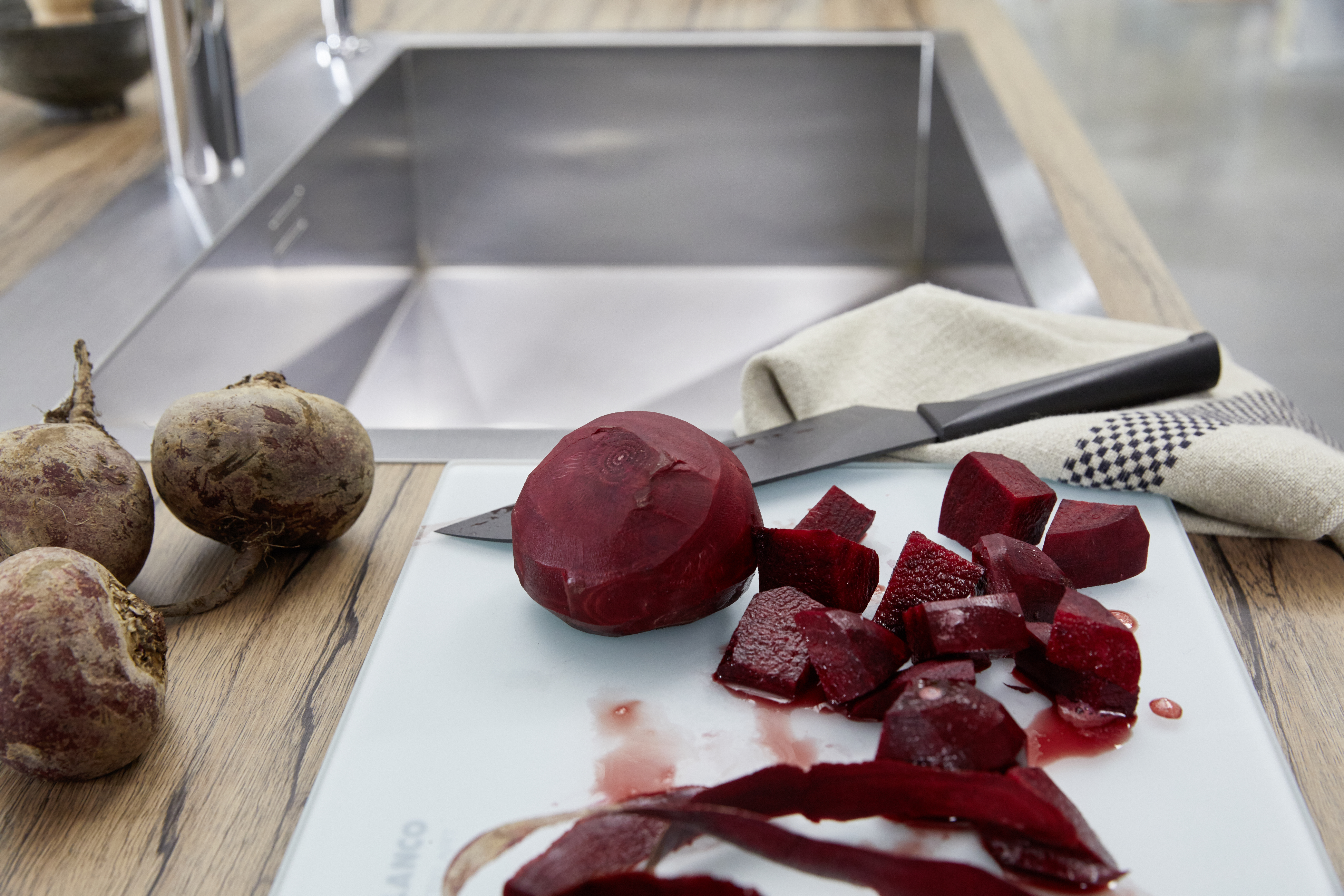
Easy-care: Tender loving care
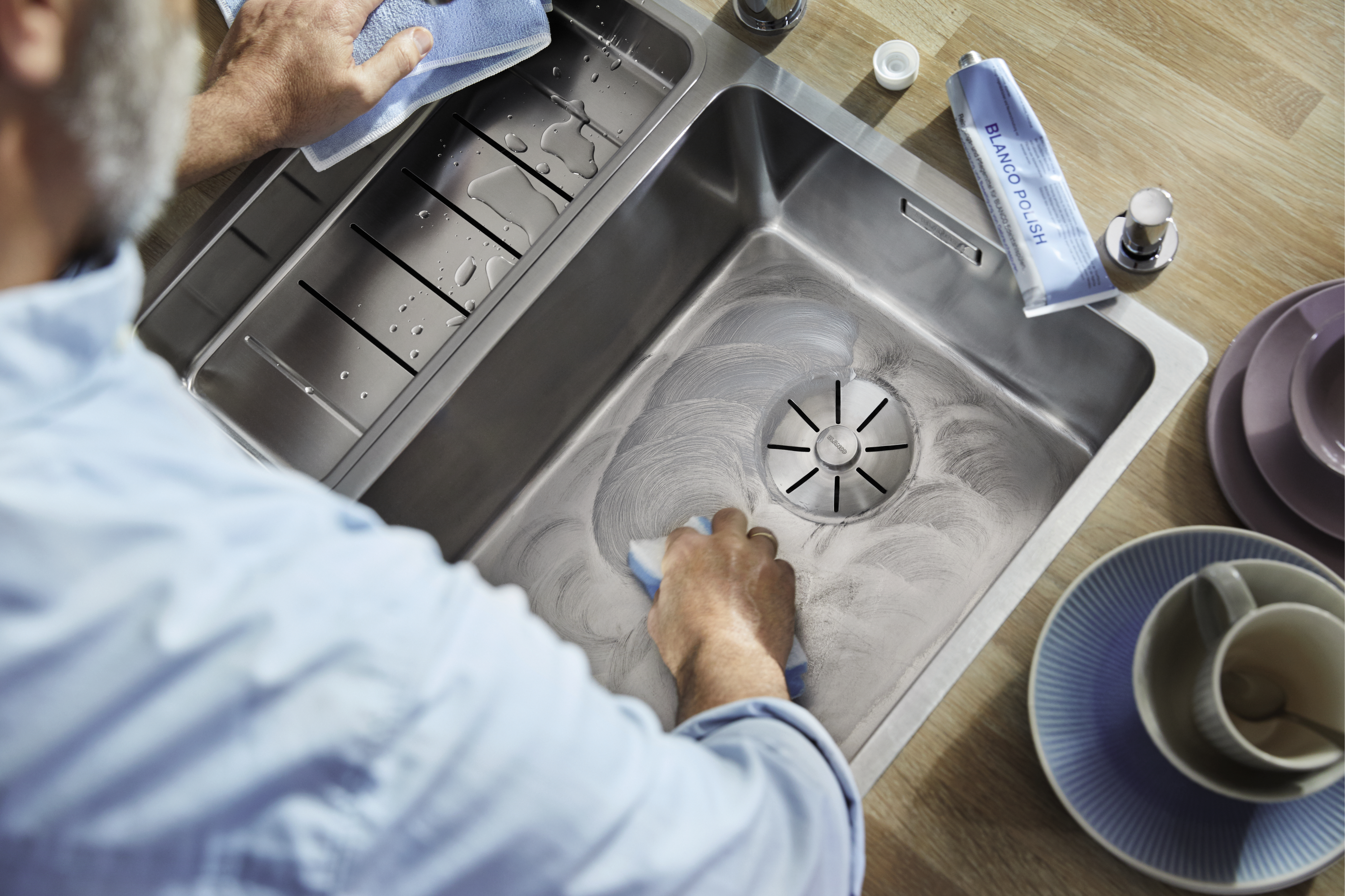
Light-fast and heat-resistant: stays just as it is
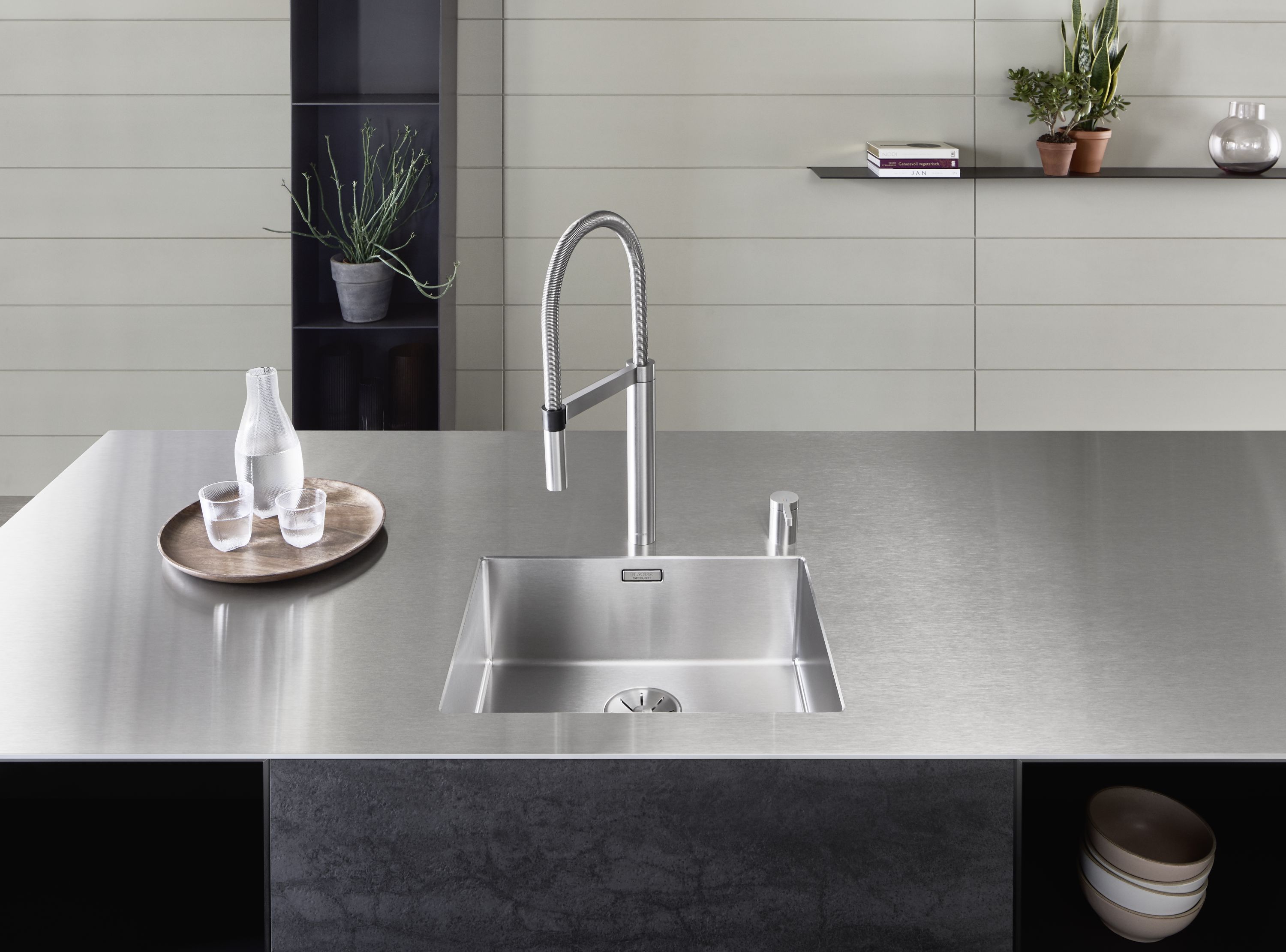
Rustproof: resistant to deformation
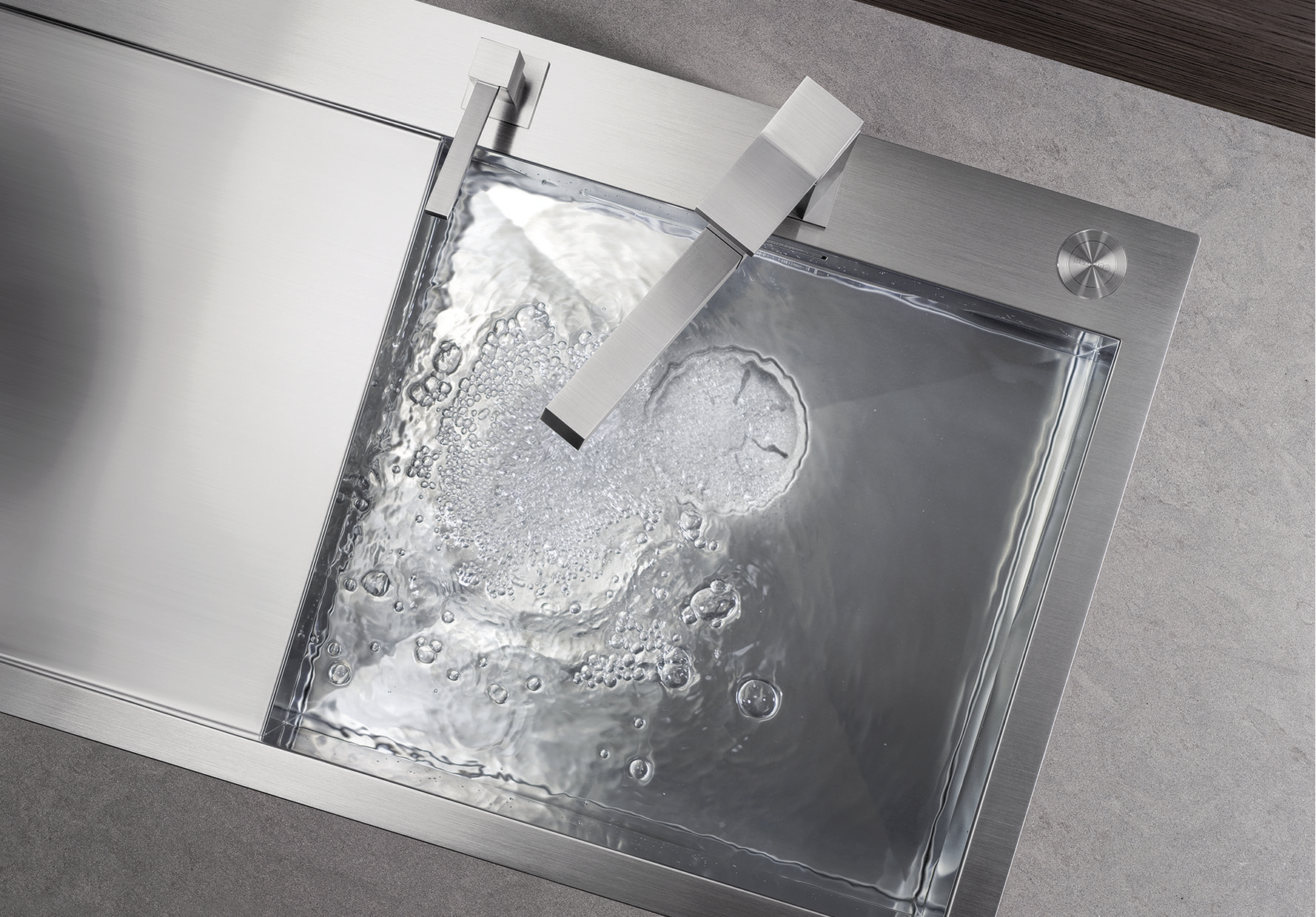
Your sink is bound to get scratched at some point.
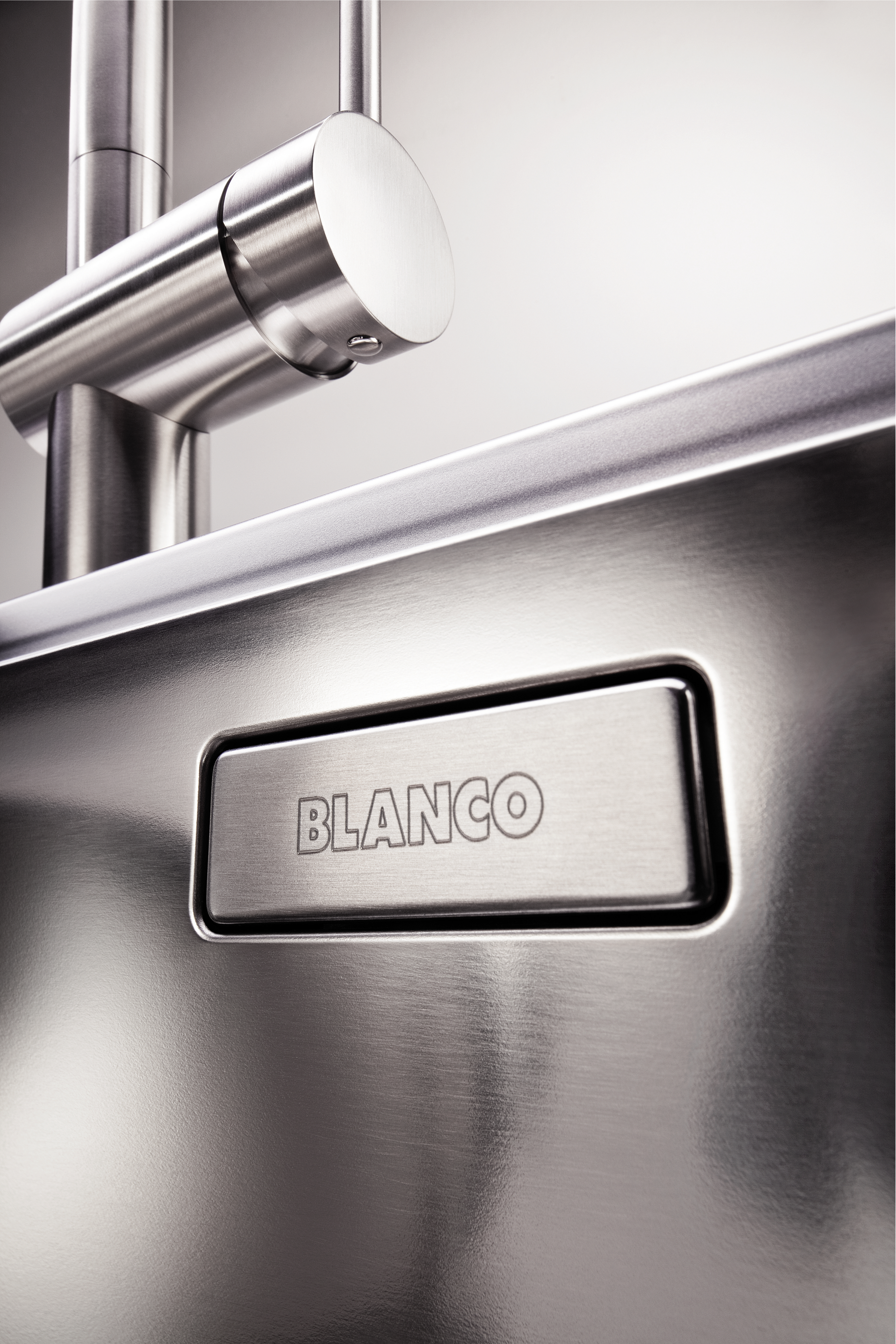
Sophisticated pieces require looking after – take time to care for your sink
A Stainless steel sink is undemanding. Simply wiping it down with a little washing-up liquid and a soft cloth every day is enough. Rinse with clean water and dry with a microfibre cloth. Voilà! It’s sparkling once again.
Once you have had your sink for a while, the Stainless steel will also benefit from being spoiled occasionally with BLANCO POLISH. It will thank you by remaining steadfast for years.
Use the soft side of the sponge. Avoid using aggressive cleaning agents or steel wool. Stainless steel does not take kindly to such products.
A Stainless steel sink only becomes less sensitive to scratches after a little time and the recommended care. Note: When cleaning your Stainless steel sink, always wipe it in the brushing direction of the steel. You will be able to see this by looking at the Stainless steel from an angle.
What's more, Polished Stainless steel scratches less easily than the natural-finish version. Linen-look Stainless steel is also great for hiding scratches and limescale. And Durinox is the most scratch-resistant option for our Stainless steel kitchen sinks.
Is Stainless steel simply Stainless steel?
Stainless steel is Stainless steel. Or is it?
Of course, BLANCO Stainless steel kitchen sinks are made only of high-quality stainless steel. Uniform, according to the DIN standard. Sink by sink. Yet there are differences, too.
Premium
Do you have a large family? Then you’ll know how tricky it can be to clean a really large pot in a normal-sized kitchen sink. The mixer tap can hardly get over the pot rim. When you tip out the water, it slops over the edge of the bowl and across the worktop. There’s another way. If Stainless steel sinks are made from a stainless steel sheet rather than a coil and the sides are soldered, it is possible to have deeper bowls with a larger capacity. Voilà! Cleaning big pots is now absolute child’s play.
Comfort
Do you appreciate sophisticated design? Do you prefer your sink to be clean and angular or softly rounded? Would you fancy having an additional deep bowl? A myriad of designs can be created from a piece of stainless steel. Just as you like it. Exquisite, excellent and efficient.
Standard
The classic Stainless steel kitchen sink is formed from a single piece of stainless steel. Popular, proven, peerless.
Stainless steel does a sterling job in many places in the kitchen. Pots, cutlery, cooker hoods and, of course, sinks are often made from this special material. What makes Stainless steel so special and why is it so popular?
BLANCO stainless steel sinks
Resistant: clean in spite of dirt
Stainless steel is not made of one specific material. It is a mixture of different components. Our 18/10 Stainless steel, which we use for BLANCO sinks, is composed of steel, 18 per cent chrome and 10 per cent nickel.
So, what do the different components offer? Steel is particularly hard and almost impervious to damage. Even when subjected to a heavy weight, it bends very little. It does not tear or break. Together with oxygen, chrome forms a thin yet very firm and dense layer. This fine, invisible film is called the passive coating. The highlight feature: It is constantly renewing itself. Like our own skin. And, as with humans, this layer also provides protection against environmental influences. In this case, the steel lies below. That’s why the material remains clean. Dirt may lie on its surface, but it cannot penetrate. Nickel supports this process. After all, nickel does not like acids at all. It doesn’t let them in, so nothing penetrates it. This triple compound of steel, chrome and nickel makes Stainless steel extremely resistant.
